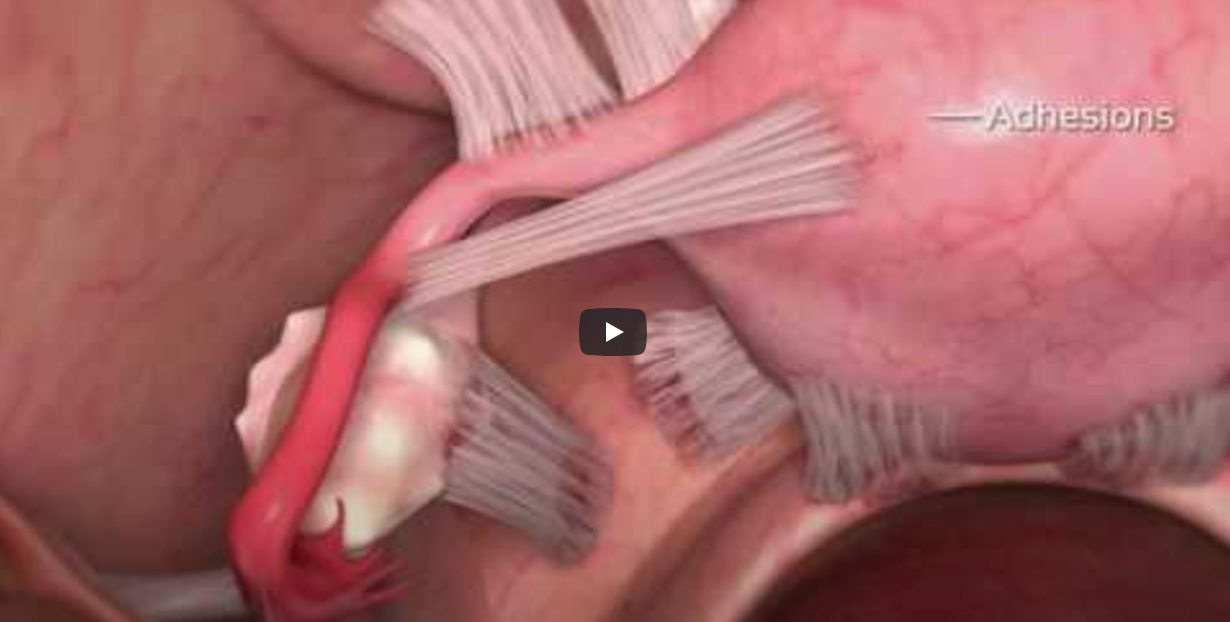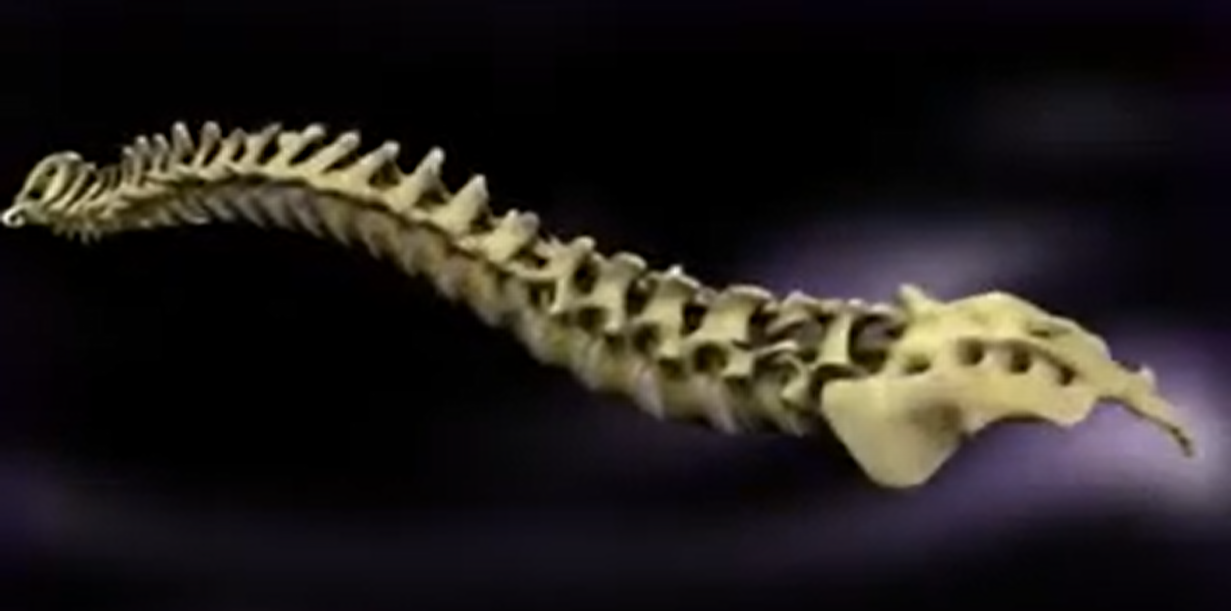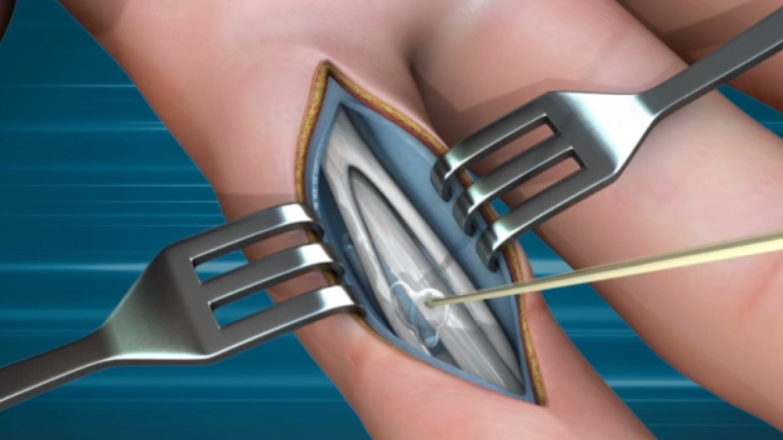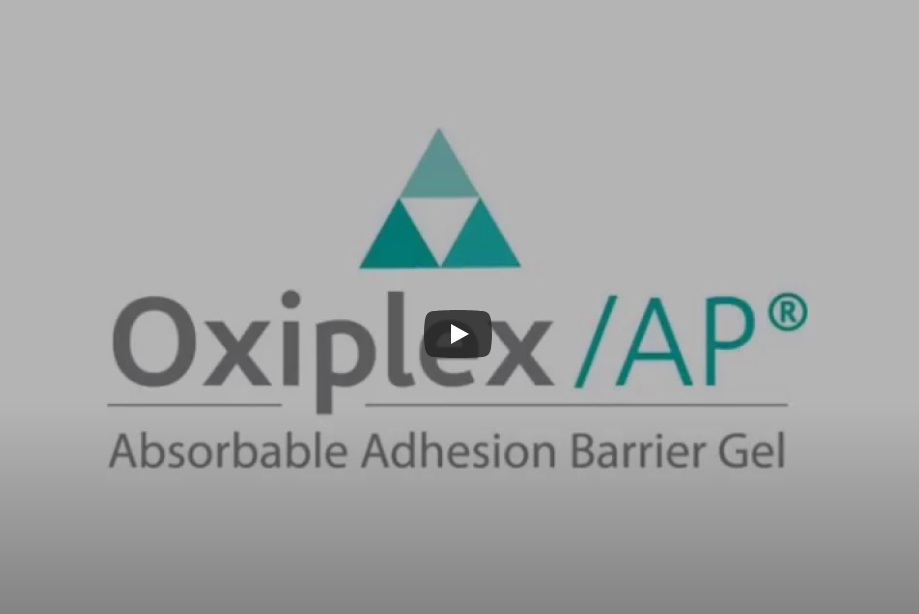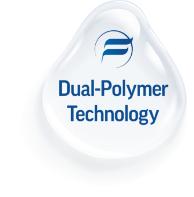
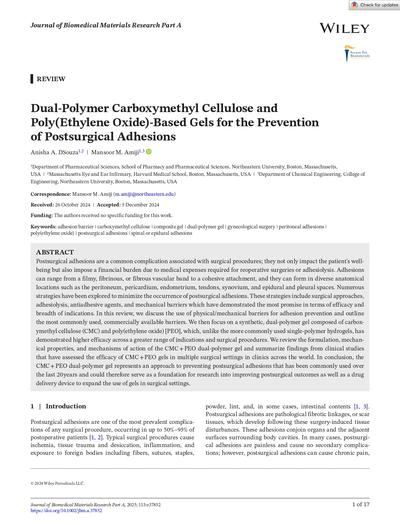
Dual-polymer carboxymethyl cellulose and poly(ethylene oxide) based gels for the prevention of postsurgical adhesions, JBMR.A DSouza, Amiji 2024
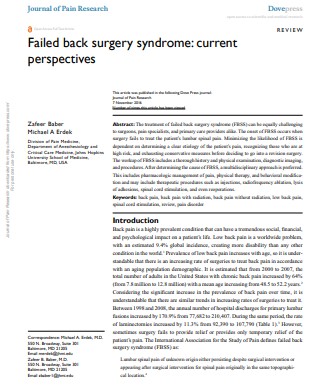
Failed back surgery syndrome: current perspectives, Journal of Pain Research, Baber 2016
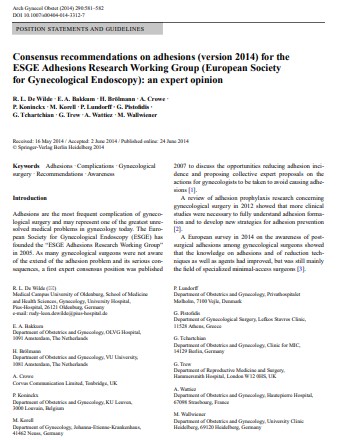
Consensus recommendations on adhesions (v.2014) for the European Society for Gynecological Endoscopy: an expert opinion, Arch Gynecol Obstet, De Wilde 2014
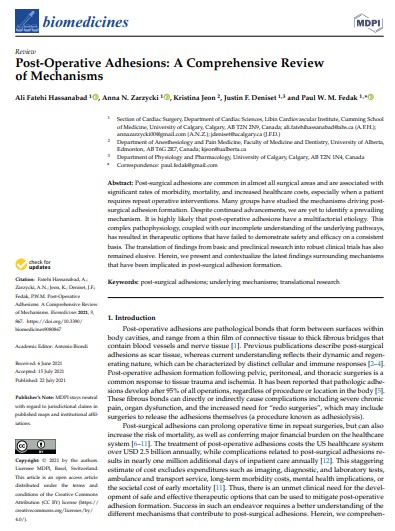
Post-operative Adhesions: A comprehensive review of mechanisms, Biomedicines, Hassanabad 2021

